Selecting a roofing material is a significant decision for any property owner, balancing factors such as durability, cost, aesthetics, and long-term upkeep. Among the various options available, pvc double wall tile has emerged as a prominent choice for its resilience, lightweight nature, and impressive longevity. A common misconception, however, is that a roof made from such a modern, durable material is entirely maintenance-free. While it is accurately categorized as a low-maintenance roofing solution, understanding and performing the minimal required care is essential to maximizing its service life and protecting the structural integrity of the building it covers.
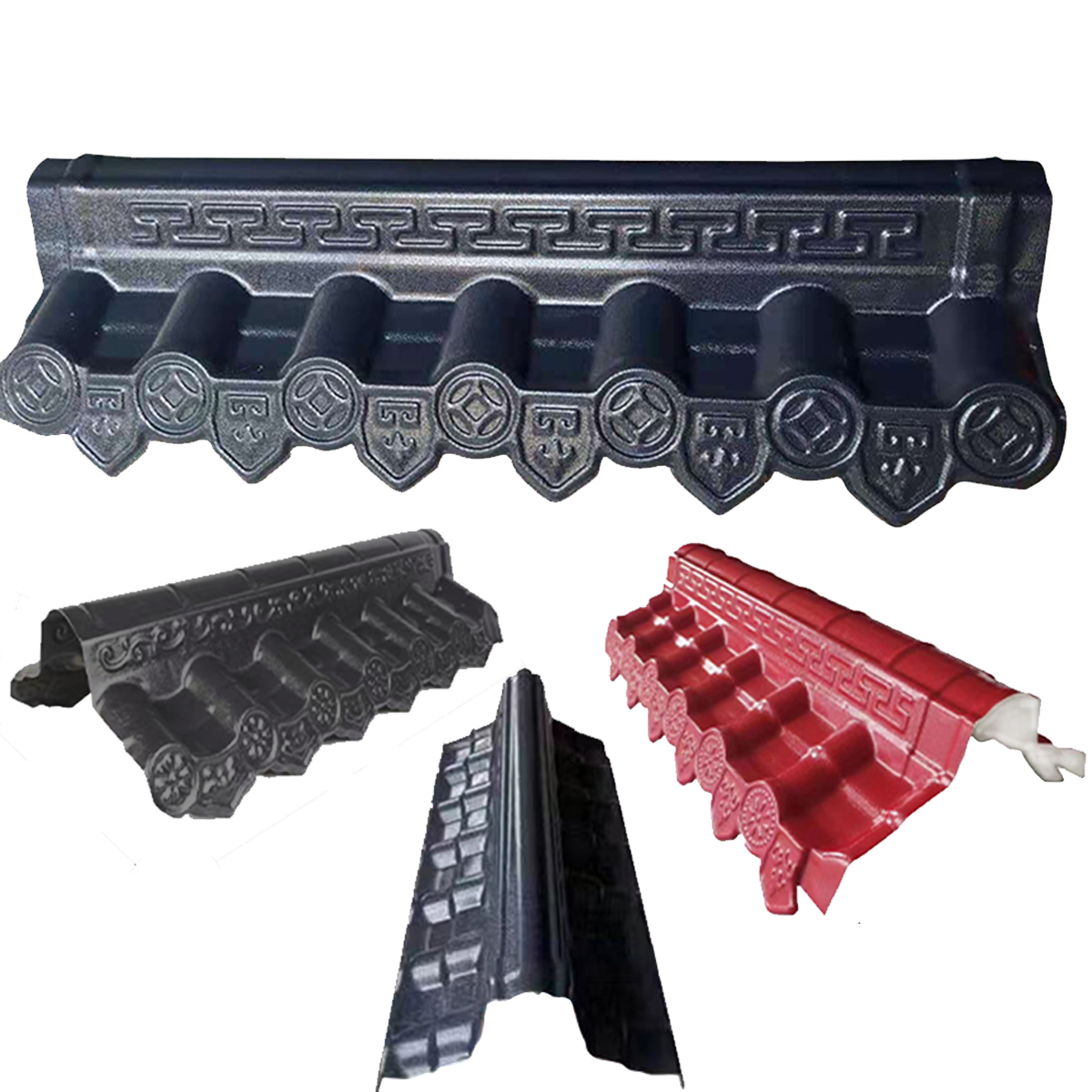
Understanding the Material: Why pvc double wall tile is Low-Maintenance
To appreciate the maintenance requirements, one must first understand the inherent properties of the material. A pvc double wall tile is typically manufactured from unplasticized polyvinyl chloride, a rigid and robust polymer. Its design often features a multi-layer construction, including a core stabilized against ultraviolet light and a surface layer that is highly resistant to environmental degradation. The fundamental characteristics that contribute to its low-maintenance reputation are its exceptional resistance to water, its innate inability to support mold, algae, or fungal growth, and its high impact strength. Unlike organic materials like wood or cellulose-based products, pvc is not a food source for biological organisms. Unlike metals, it will not corrode or rust. Furthermore, the material’s resistance to water absorption eliminates the freeze-thaw damage that can plague concrete or clay tiles in colder climates. This robust nature means that the maintenance focus shifts from material preservation to system performance and debris management.
Routine Inspection: The Cornerstone of Proactive Maintenance
The most critical component of maintaining any roof, including one made from pvc double wall tile, is a program of regular, systematic inspection. Proactive identification of minor issues prevents them from escalating into major, costly problems. Inspections should be conducted at least twice a year, ideally in the spring and autumn. Additional inspections are strongly recommended after any severe weather event, such as a major storm with high winds, hail, or heavy snowfall.
A thorough inspection should encompass several key areas:
- The Tile Field: The main expanse of the roof should be scanned for any tiles that are cracked, punctured, or missing. While the material is impact-resistant, an extremely forceful blow from a falling branch or large hailstone can cause damage.
- Flashings and Penetrations: The most vulnerable points on any roof are not the field tiles but the areas where the roof plane is interrupted. This includes flashings around chimneys, vent pipes, skylights, and along valleys and edges. These areas must be meticulously checked for signs of failure, such as loosening, cracking, or separation from the tiles or adjacent surfaces.
- Fasteners: Although typically hidden from view, the fasteners (nails or screws) are what secure the tile batten or structure to the deck. On rare occasions, a fastener can work itself loose over time due to thermal expansion and contraction or wind uplift. Inspectors should look for any tiles that appear to be lifting or moving, which could indicate a fastener issue.
- Gutters and Drainage: Clogged gutters and downspouts are a primary cause of water backup, which can lead to water infiltrating underneath the tiles and damaging the underlayment and roof deck. Ensuring that the drainage system is clear is a fundamental aspect of roof maintenance.
Safety during inspection is paramount. It is always advisable to perform a ground-level inspection with binoculars first. For closer examination, proper roof access equipment and fall protection should always be used.
Cleaning Procedures: Removing Debris and Surface Contaminants
A primary maintenance task for a pvc double wall tile roof is keeping it free of debris and surface dirt. Accumulated leaves, pine needles, branches, and other organic matter can trap moisture against the roof surface and in valleys. While the tiles themselves are impervious, this moisture can accelerate the wear of other components and provide a foothold for unsightly, though not damaging, growth like lichen in shaded, damp environments.
The recommended method for cleaning a pvc double wall tile roof is low-pressure washing. It is crucial to emphasize the “low-pressure” aspect. High-pressure washers can force water underneath the tiles at a pressure greater than the design of the roof system can handle, potentially driving moisture through the underlayment and into the roof deck. This action can void warranties and cause significant hidden damage. The cleaning process should involve using a garden hose or a pressure washer set to a very low setting (under 1000 psi) with a wide-angle (40-degree) tip, keeping the nozzle a considerable distance from the tile surface. A mild detergent designed for outdoor use can be applied with a soft-bristled brush to remove stubborn dirt or organic stains, followed by a thorough rinse with clean water. This process should be performed from the ground or a stable ladder whenever possible to avoid unnecessary foot traffic on the roof.
Addressing Biological Growth: Algae and Moss
In certain humid and shaded environments, roofs can develop discoloration from algae or patches of moss. It is important to note that pvc double wall tile is highly resistant to these organisms and does not provide a nutrient source for them. Growth typically occurs because spores settle in a layer of dirt and dust that has accumulated on the tile’s surface. The solution is not a chemical treatment aimed at the tile but a cleaning process to remove the organic layer upon which the growth is living. As described in the cleaning section, a soft wash with a appropriate, non-abrasive cleaner is sufficient. Harsh chemicals, metal brushes, or abrasive cleaning tools should be strictly avoided as they can scratch the UV-protective surface of the tile, compromising its long-term appearance and integrity.
Preventative Measures and Best Practices
Beyond reactive cleaning and inspection, several preventative measures can significantly reduce the need for maintenance.
- Trimming Overhanging Branches: Trees with branches hanging over the roof are a primary source of debris (leaves, needles, twigs) and can cause physical damage if a branch falls. They also create shade, which retains moisture and encourages biological growth. Keeping branches trimmed well back from the roof is a highly effective preventative step.
- Maintaining Attic Ventilation: A properly ventilated attic space is not just for energy efficiency; it is crucial for roof health. Good ventilation prevents heat and moisture buildup underneath the roof deck. While pvc double wall tile is unaffected by this moisture, the underlying wooden structure (deck, battens) is not. Proper ventilation helps preserve these components, which are integral to the overall roof system.
- Minimizing Foot Traffic: While the tiles are designed to be walked on during installation and for occasional maintenance, unnecessary foot traffic should be avoided. Concentrated weight, especially from a person not trained in roof walking, can potentially crack or dislodge tiles. If access is required, it is best to have it performed by a professional who understands how to distribute weight properly and walk on the roof without causing damage.
Handling Repairs: Addressing Damage and Wear
Even with the best maintenance, damage can occur. The modular nature of a pvc double wall tile roof is a significant advantage when repairs are necessary. Unlike a continuous membrane, individual damaged tiles can be replaced without disturbing the entire roof system.
The process for replacing a tile is generally straightforward but requires care. The surrounding tiles are carefully lifted to expose the fasteners securing the damaged tile. Once the fasteners are removed, the old tile can be taken out, and a new, matching tile can be slid into place and re-secured. The surrounding tiles are then snapped back into their interlocking positions. It is critical that any repairs use tiles from the original manufacturer and production run to ensure a perfect color and dimensional match, as well as guaranteed compatibility of the interlocking mechanism. For issues with flashings or sealants, it is often best to consult with or hire a roofing professional who specializes in synthetic tile systems to ensure the repair is performed to the manufacturer’s specifications and does not compromise the roof’s warranty.
Long-Term Performance and Warranty Considerations
A well-maintained pvc double wall tile roof can have an exceptionally long service life, often exceeding 50 years. The manufacturer’s warranty is a key component of this long-term value. Most reputable manufacturers offer extensive warranties that cover the material against defects, loss of impact resistance, and excessive fading. It is imperative for the property owner to understand that these warranties are often contingent upon proper installation by a certified installer and adherence to recommended maintenance practices. Failure to perform basic maintenance, such as allowing gutters to remain clogged or using improper cleaning techniques, can provide grounds for the manufacturer to void the warranty. Keeping a simple log of annual inspections and any maintenance performed is a prudent practice.
A roof crafted from pvc double wall tile represents a modern, high-performance roofing solution designed for durability and long life. Its maintenance requirements are decidedly minimal compared to traditional materials, but they are not non-existent. A successful long-term strategy hinges on a proactive and informed approach centered on biannual inspections, careful cleaning to remove debris and surface contaminants, and the timely execution of minor repairs when needed. By understanding the material’s properties and implementing this straightforward maintenance regimen, property owners can fully realize the investment made in their roof, ensuring it continues to provide reliable protection and maintains its aesthetic appeal for decades to come. The minimal effort required preserves the structural integrity of the entire roofing system and safeguards the warranty, making it a prudent and highly effective practice for any property owner.









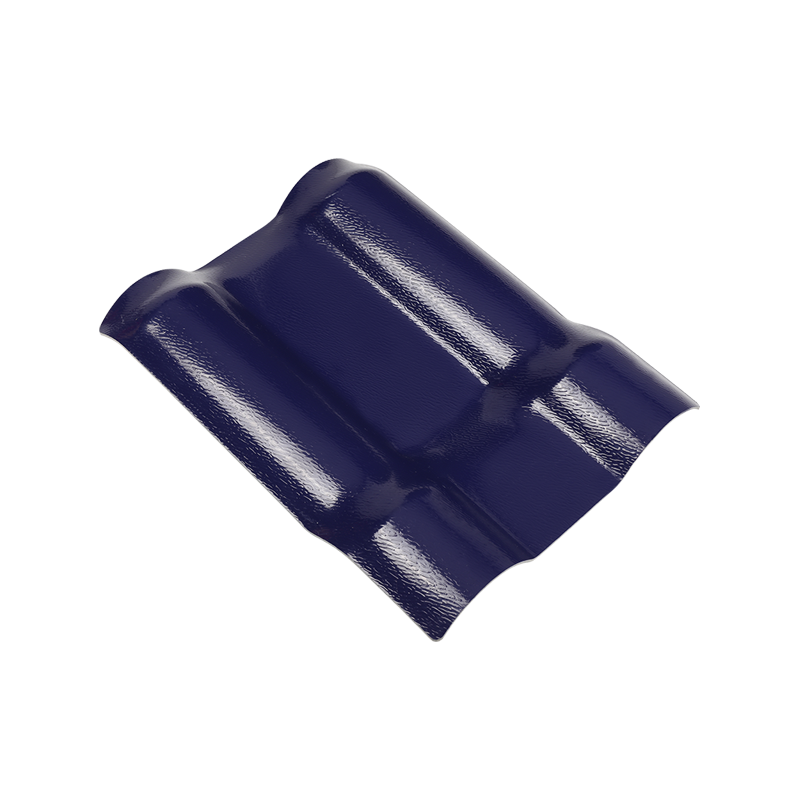
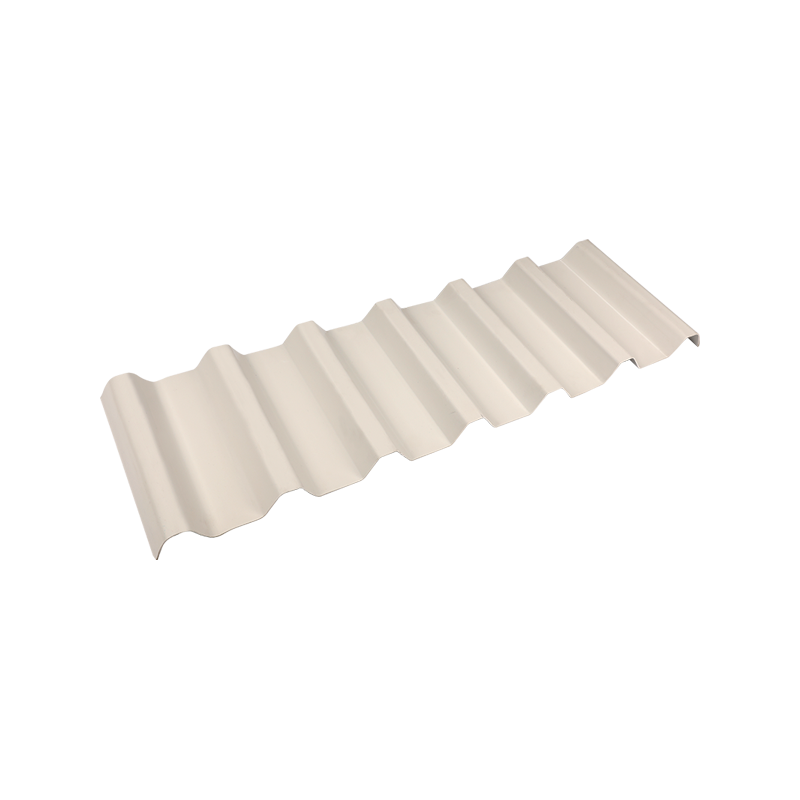
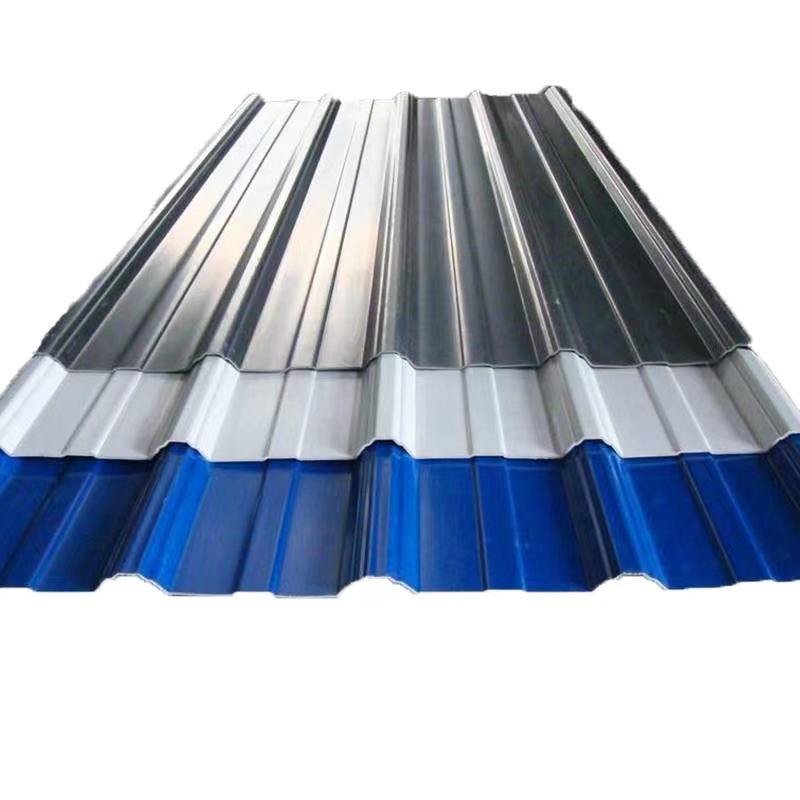
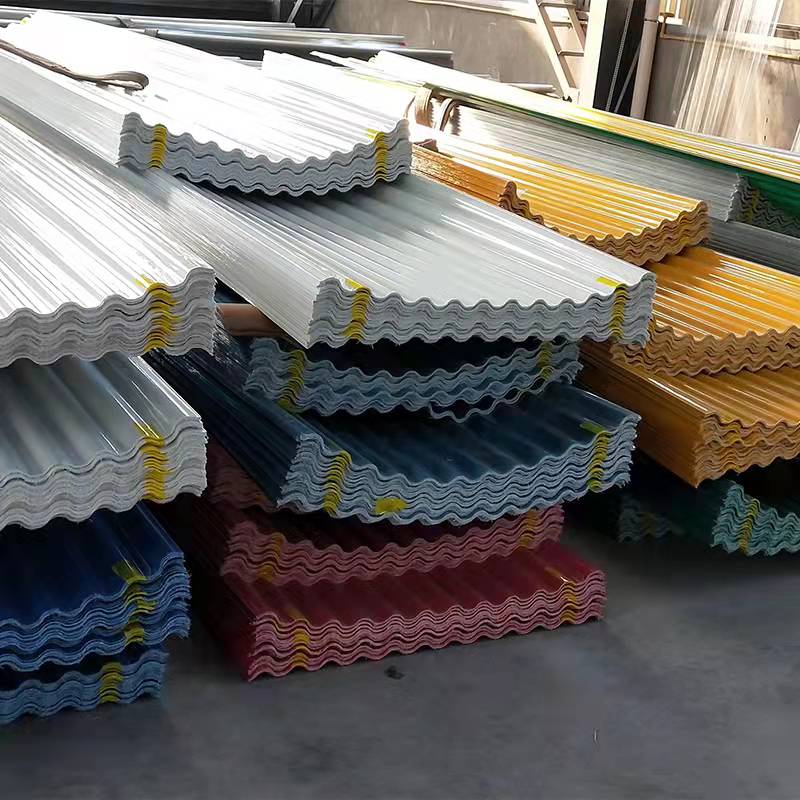


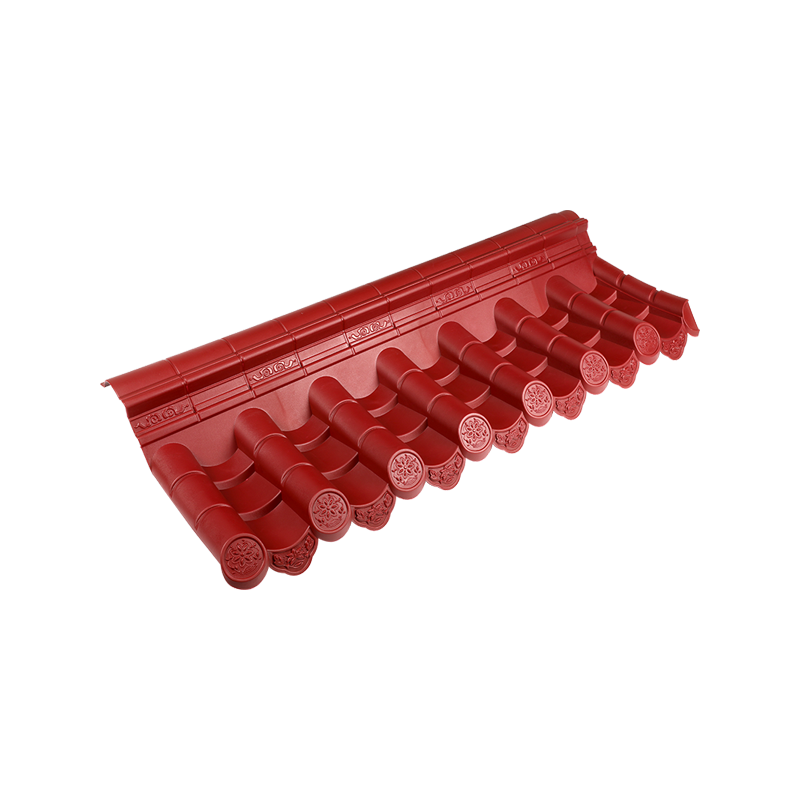


 Email:
Email: Phone:
Phone: Adress:
Adress: